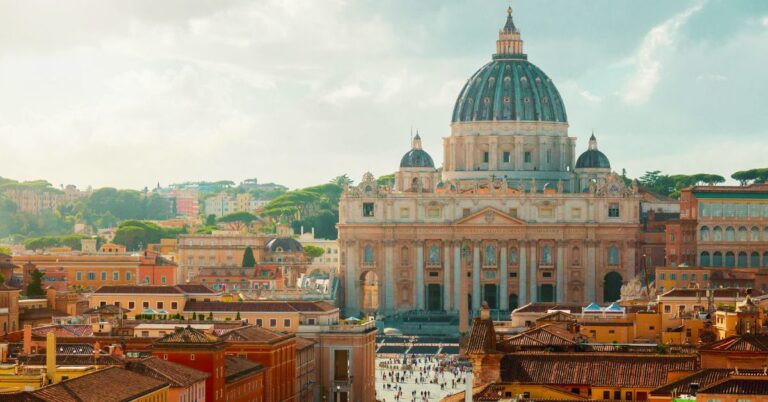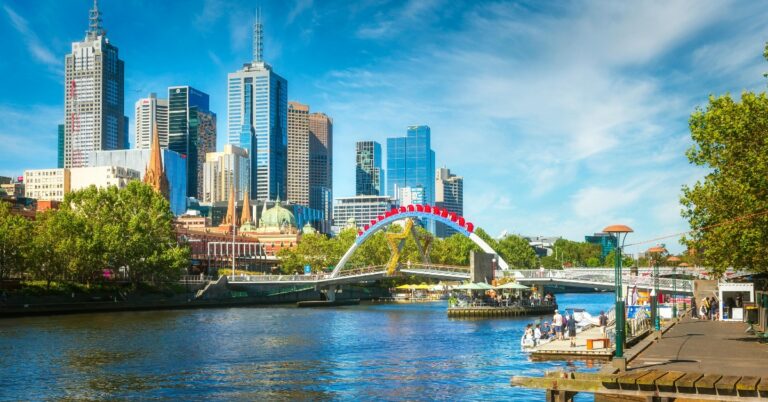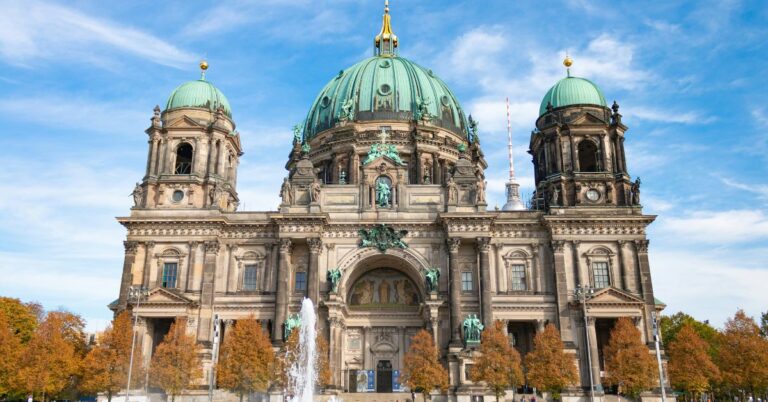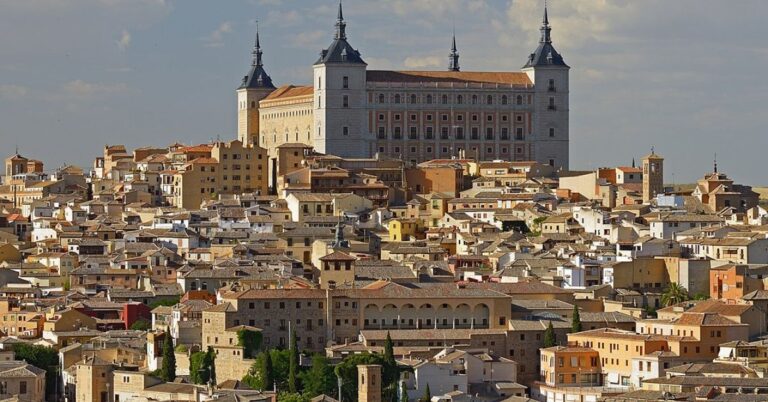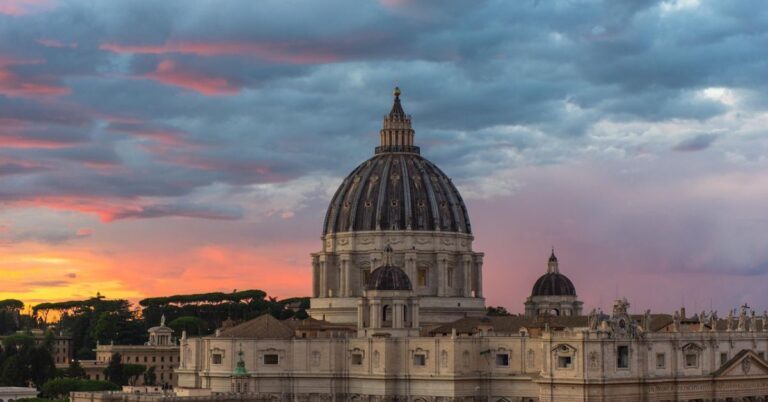25 American Cities That Seem Great—Until You Visit
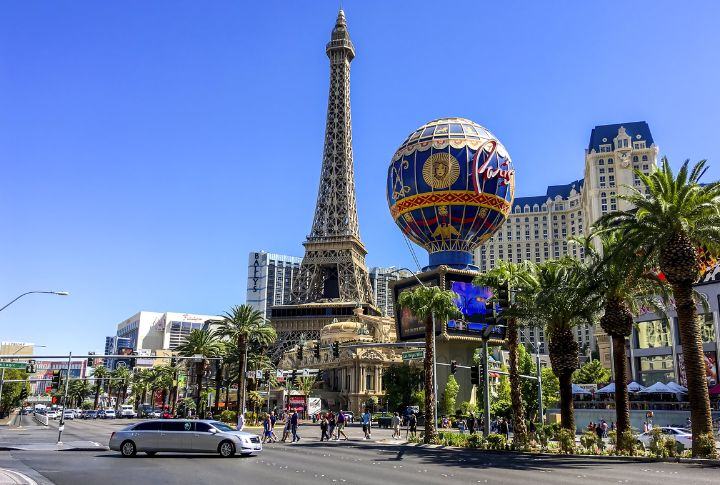
Big expectations often meet real-life surprises in unexpected places. A city might look dazzling in photos or sound exciting in conversation, but the experience tells a different story. First impressions fade, and what’s left can feel far from what was imagined. Here are 25 places that don’t always live up to the buzz.
New York City, New York
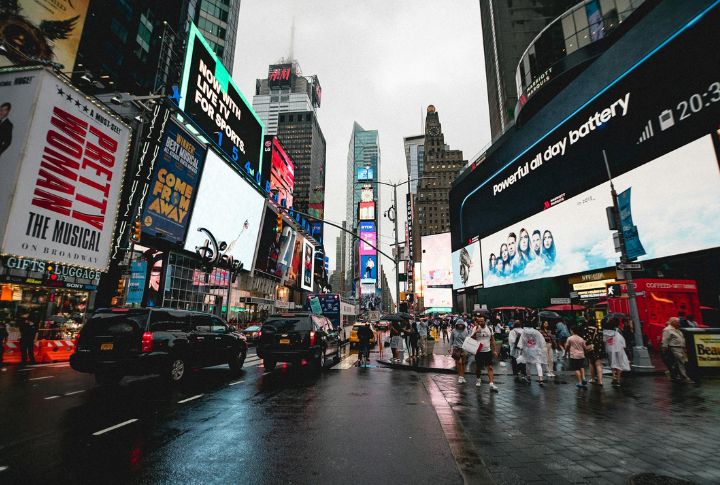
Skyline views look impressive from a distance. Up close, the nonstop movement near Times Square or Penn Station overwhelms those unprepared for the pace. Public spaces stay crowded, and costs rise quickly throughout the day. Slowing down becomes difficult when you’re looking for a calm spot to regroup.
San Francisco, California

Fog drifts in and out, adding character to a city with several layers. Lombard Street and the Golden Gate Bridge deliver photo ops, but getting around takes effort. Certain districts feel lively, others more tense. Exploration often depends on how much ground people manage to cover on foot.
New Orleans, Louisiana
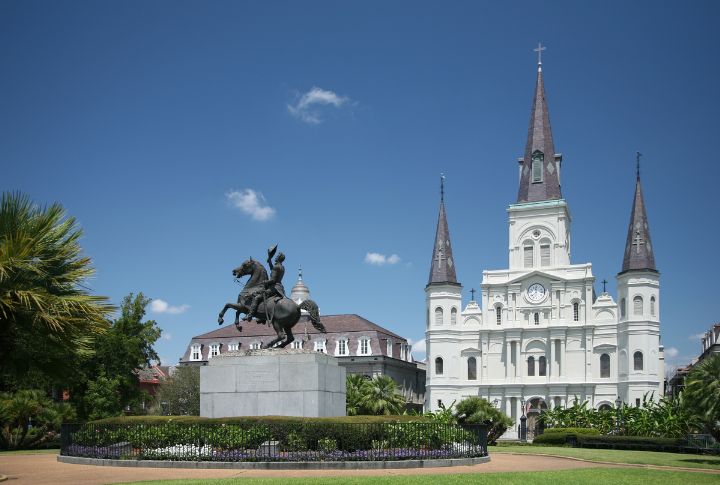
Sounds from street musicians fill the air most nights. Activity centers around Bourbon Street and Jackson Square, overshadowing quieter parts of the city. Many leave with photos and souvenirs but little connection to the deeper history, which requires extra effort to find beyond the most popular stops.
Miami, Florida
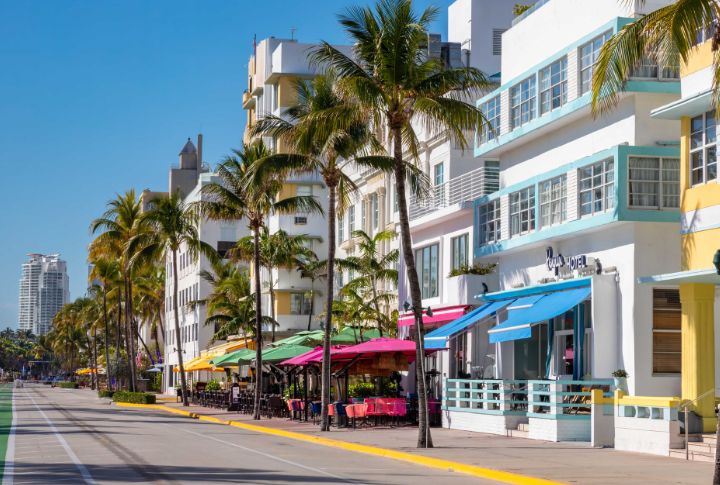
Crowds fill coastal spots throughout the day, and the momentum carries well into the evening. Art Deco buildings in South Beach grab attention, while traffic slows progress between neighborhoods. First-time guests sometimes focus on appearances, only to discover that the city’s rhythm feels less relaxed than expected once the schedule fills up.
Las Vegas, Nevada

Lights stretch far beyond the Strip, signaling nonstop entertainment. Inside casinos, windows disappear, and hours pass unnoticed. Limited green spaces and extended indoor stays leave some feeling disconnected. Even visits to the Bellagio or Fremont Street feel overwhelming when the pace doesn’t ease between shows, games, and shopping.
Orlando, Florida
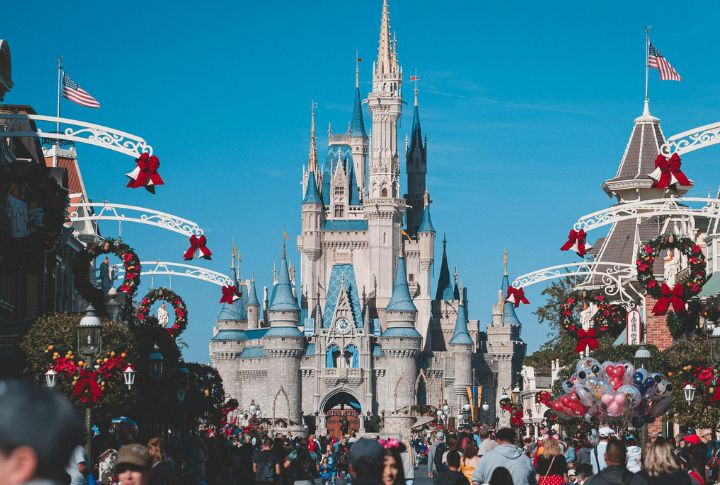
Planning becomes essential in a city centered around major attractions. Popular parks like Walt Disney World and Universal Orlando dominate schedules. Outside the gates, activities feel sparse without transportation. Trips revolve around carefully timed experiences, which makes it hard to explore the area freely or unwind without structure.
Boston, Massachusetts
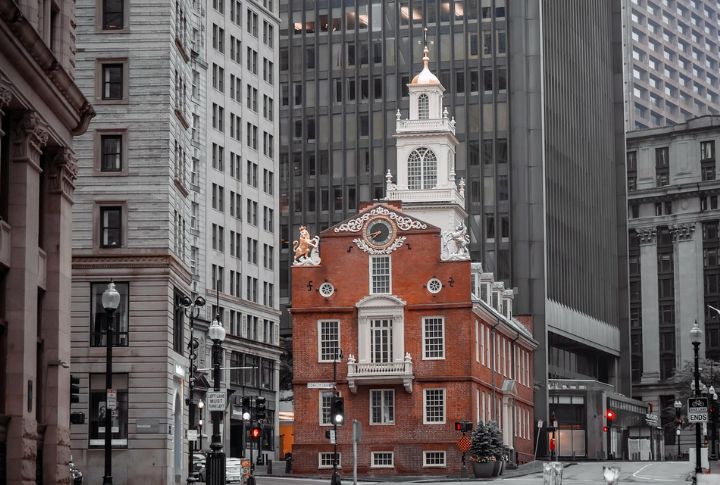
Many arrive ready to explore the Freedom Trail, but detours begin with confusing roads and impatient drivers. Efforts to steer through the city often replace sightseeing. The charm of historic buildings loses impact when logistics dominate the day, and frustration builds for those relying on apps or walking without a guide.
Seattle, Washington
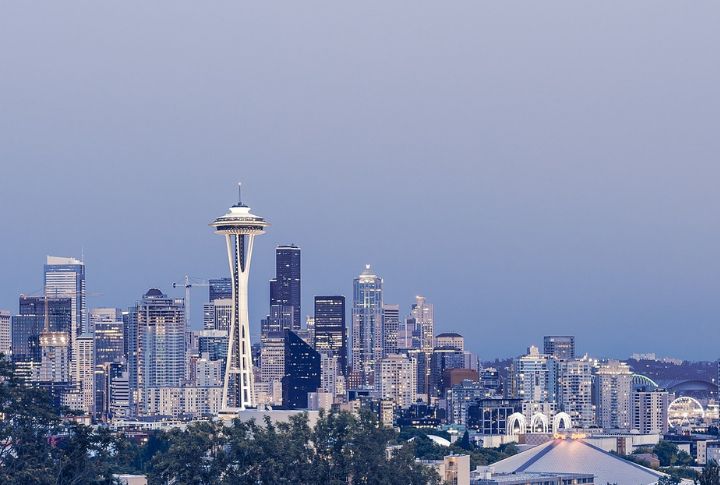
Gray skies linger past the colder months, and while the Space Needle draws visitors, reaching other parts of the city requires effort. Rising hotel prices create pressure to stay near tourist corridors. The city’s blend of tech culture and dense crowds is a surprise for those expecting a relaxed pace.
Portland, Oregon

Expectations lean toward quirky and creative, especially among younger travelers. Voodoo Doughnut and Powell’s City of Books still see steady interest. Yet some storefronts remain closed, and public debates shape the city’s mood. Despite efforts to showcase its identity, the tone feels harder to define now than in the last years.
Nashville, Tennessee
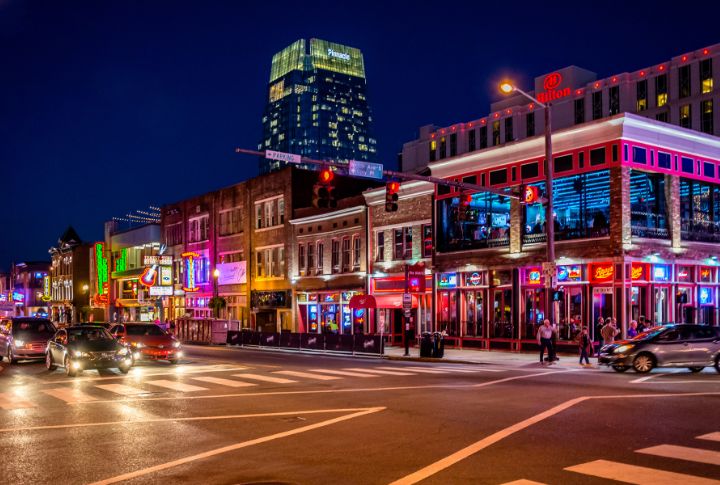
Music plays from storefronts morning through night. Broadway hosts most of the action, while quieter cultural stops like the Ryman Auditorium receive less attention. Many travelers stay close to nightlife zones, unsure how to access other sides of the city without venturing beyond the honky-tonk-lined blocks.
Dallas, Texas
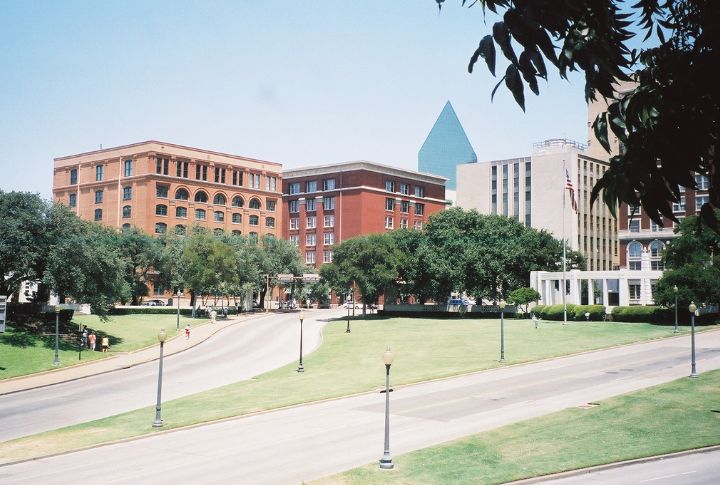
Attractions spread across multiple zones that require significant travel between them. Dealey Plaza and the Sixth Floor Museum offer historical context, but public transportation doesn’t make them easily accessible. With few landmarks within walking distance, planning becomes necessary to explore multiple parts of the city.
Phoenix, Arizona
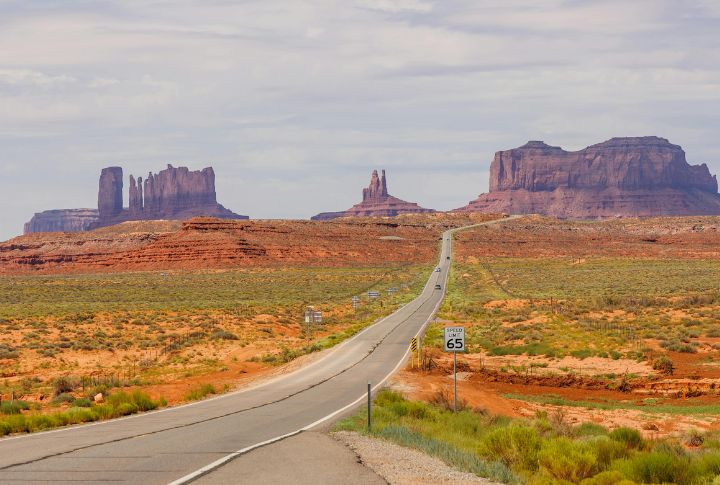
Desert terrains set the scene, yet the layout emphasizes highways and wide roads. Camelback Mountain stands out as a rewarding hike, but shade is scarce. Plus, Central districts lack the liveliness tourists expect. With key sights spaced apart, timing significantly affects how much people manage to do in one day.
Myrtle Beach, South Carolina
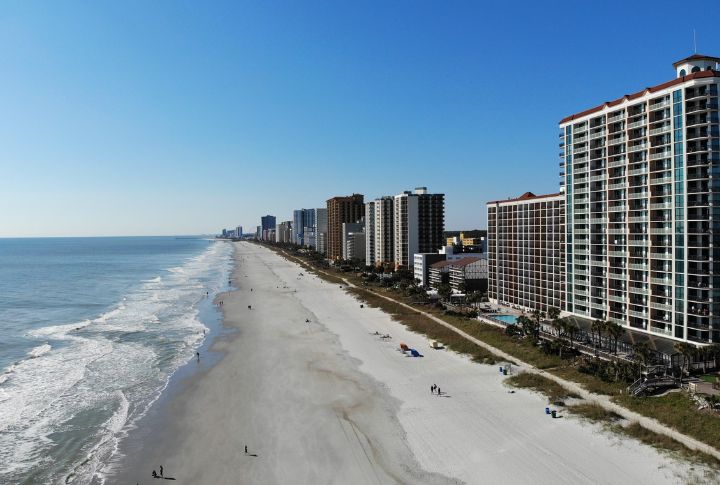
Noise from nearby hotels and beachside bars can stretch well into the night, so travelers often complain. Rideshare availability fluctuates, especially during events or bad weather. Public beach access points often feel congested, and storm runoff after heavy rain sometimes leads to swimming advisories that catch visitors off guard.
Branson, Missouri
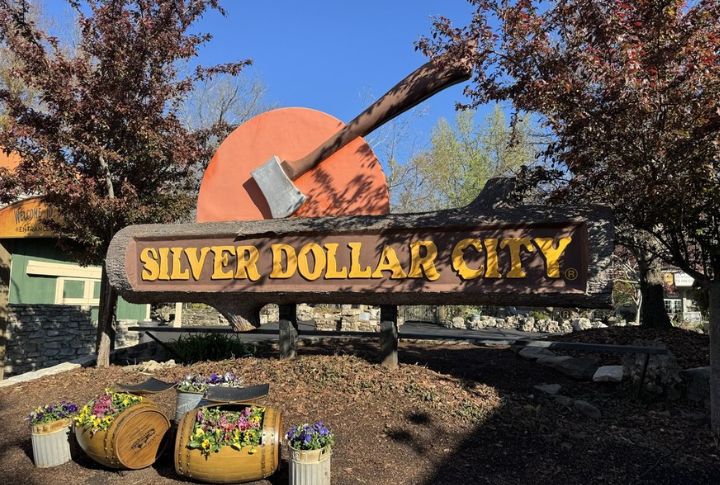
Entertainment focuses heavily on family-friendly and nostalgia-based experiences. Silver Dollar City remains a central draw. And the thing is that travelers unfamiliar with the area’s traditions find even few alternatives. Without strong interest in shows or themed venues, engagement drops after a day or two in Branson.
Atlantic City, New Jersey
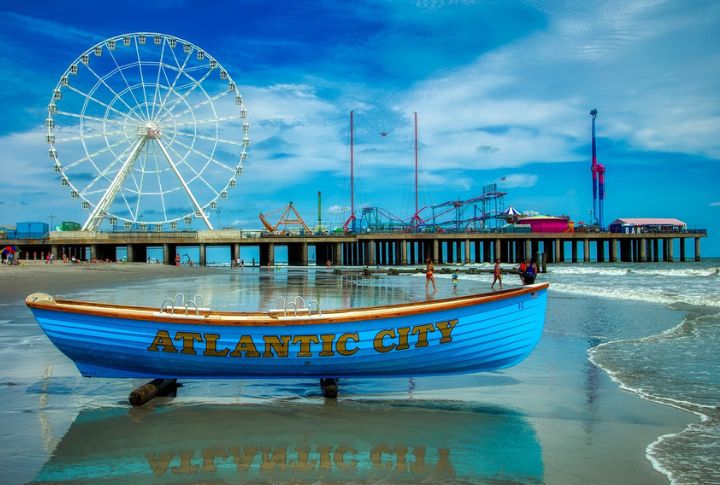
Hotel lobbies and casinos sit side by side with long-standing boardwalk businesses. Though foot traffic slows in off-peak months, the Steel Pier continues to operate. Guests who recall earlier decades often note the shift, while newcomers find the area quieter and less polished than promotional materials suggest.
Gatlinburg, Tennessee
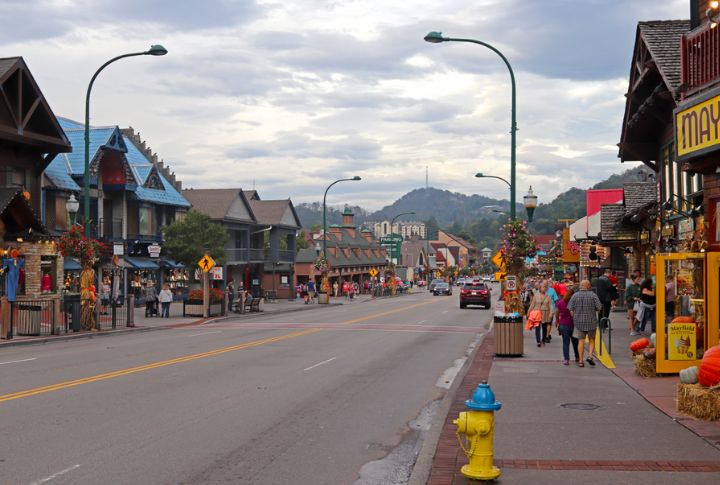
Main Roads offers pancake houses, novelty stores, and games for all ages. Ober Mountain and Ripley’s draws remain busy year-round. National park access sits just minutes away, yet many never reach it. For nature-seekers, the balance between entertainment and the environment feels uneven most times.
Savannah, Georgia

Walking through town feels scenic at first glance, especially near Forsyth Park. Yet repeated tour loops and packed streets take away the sense of discovery. With few chances for personal connection, guests sometimes feel more like extras than explorers. The surface beauty doesn’t always translate into something lasting or meaningful.
Honolulu, Hawaii
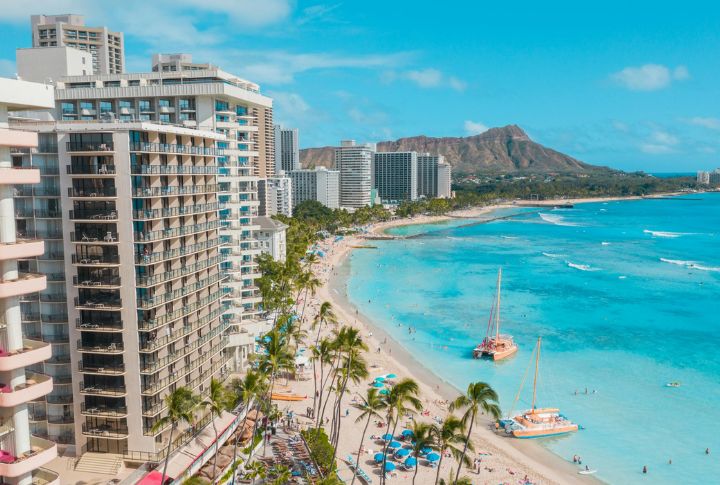
Humidity sets in fast, and shaded rest stops are few and far between. Many neighborhoods show stark contrasts between high-end boutiques and boarded-up buildings. And the food prices? They surprise even seasoned travelers. First-time visitors expecting paradise sometimes feel caught off guard by the urban sprawl.
Roswell, New Mexico
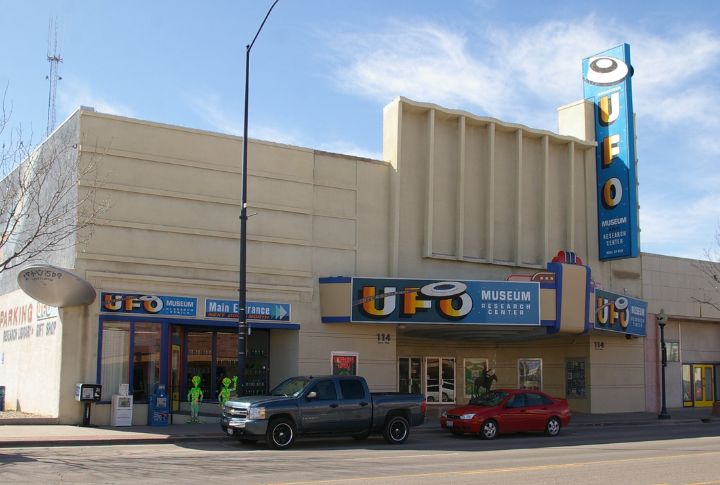
Murals of aliens greet drivers at gas stations, and even streetlamps wear UFO-shaped covers. Beyond the quirky branding, some visitors feel disconnected from the town’s daily life. Common gathering areas often feel empty outside of summer events, and public transit is so limited that travelers without cars often feel stranded.
Virginia Beach, Virginia
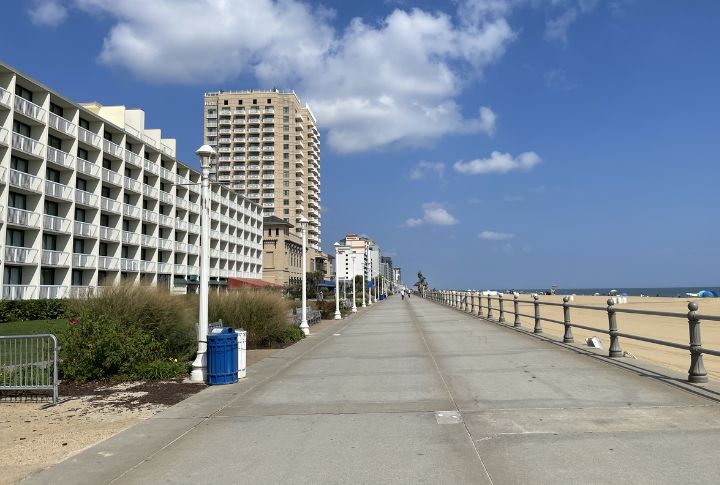
Oceanfront hotels line the shore, offering quick access to sand and water. King Neptune’s statue and the boardwalk attract steady foot traffic. Commercial businesses dominate nearby streets during peak season. While the area handles crowds well, those hoping for something distinctly local often leave without finding it.
Key West, Florida
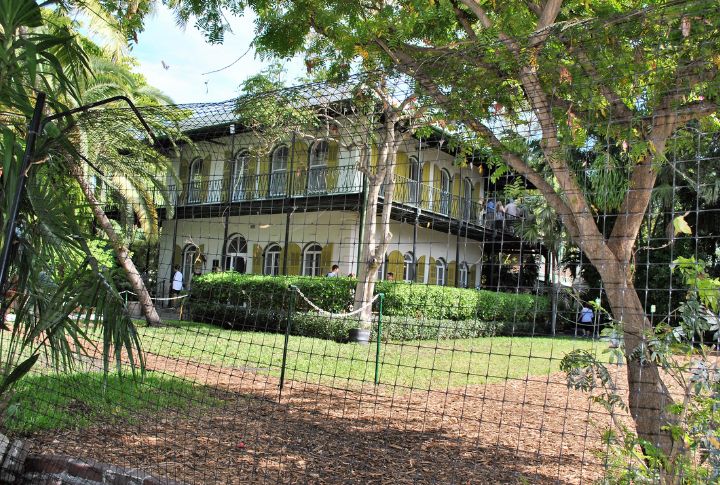
Island routines shift based on the number of ships docking that day. Ernest Hemingway’s former home sees regular traffic, while Duval Street stays full of activity. Neighborhoods offer a slower pace away from the center, though few short-term visitors get far enough to experience it fully.
Los Angeles, California
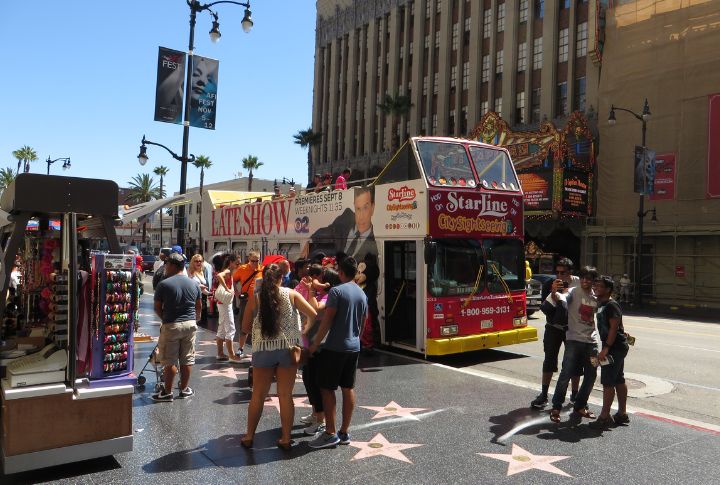
The city’s layout favors cars over pedestrians, and congestion affects even short trips. The Hollywood Walk of Fame stretches longer than expected and often underwhelms. Walking isn’t always practical, and public transit covers only select areas. So, connecting the city’s pieces into a full experience proves difficult without extended time.
Aspen, Colorado
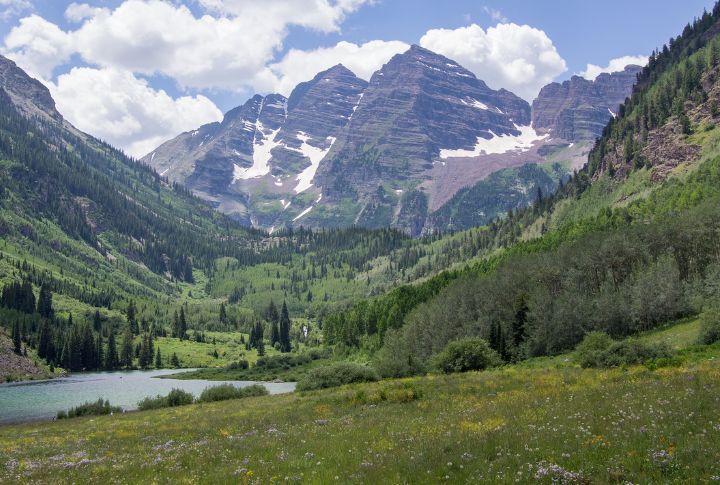
Mountain scenery stands out year-round, with Aspen Mountain and Maroon Bells drawing steady attention. But daily expenses quickly add up, even for essential items. Activities vary by season, and off-months bring fewer choices. While the setting impresses, the exclusivity shapes every part of the trip for those on a limited budget.
Detroit, Michigan
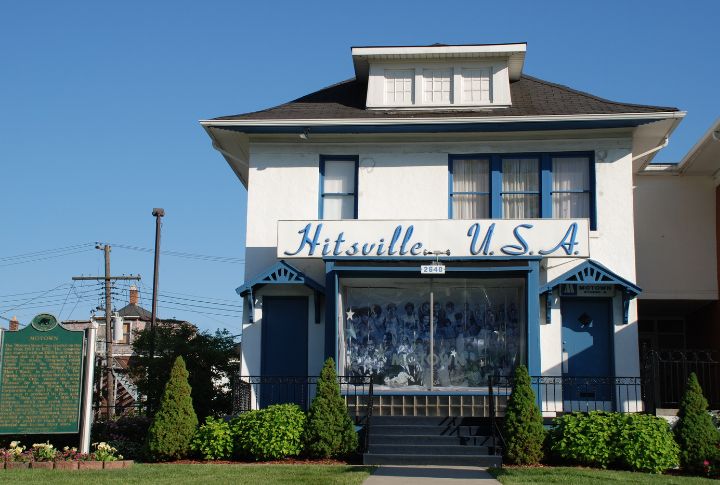
Some enter curious about the city’s comeback story and head to the Motown Museum. The appeal fades as surrounding neighborhoods appear disconnected or abandoned. And those vacant lots and infrastructure gaps interrupt the momentum. After covering large areas without cohesion, travelers often leave unsure if they ever truly experienced the city.
Atlanta, Georgia
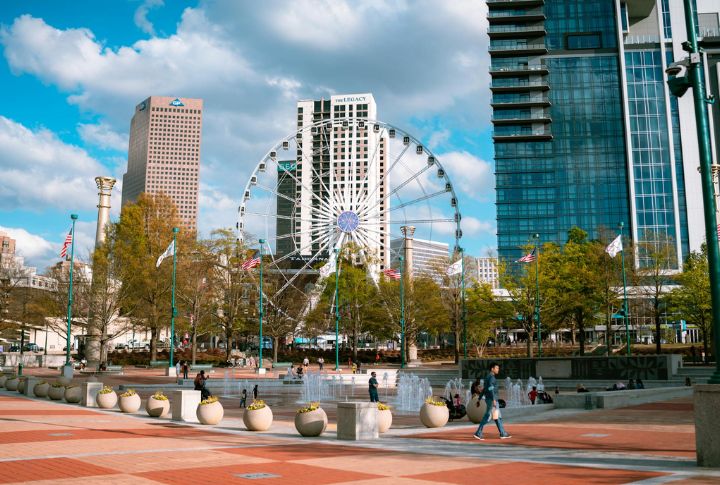
Southern hospitality sounds great—until you’re stuck on I-285. Attractions are scattered, and few sit close together. Without local insight, plans fall apart fast. Despite the culture and energy, the layout confuses, and visitors often leave unsure if they missed something important or couldn’t figure out how to reach it.


